When the breeding season is over, territorial barriers break down and many birds roost with others of their species.
Safety in numbers is one clear advantage, but for birds such as rooks and ravens, there’s also the opportunity to share information about good feeding areas and to size up potential mates. Species often have favoured roosting habitats: for example, estuarine waders roost on banks at high tide, while pied wagtails prefer small trees in warm, well-lit areas. Greenfinches are fond of thick conifers – I once saw more than 300 of them pack into a Leyland cypress hedge.
For sheer drama, few roosts can compare with thousands of massed starlings, morphing into fantastic shapes over their chosen reedbeds. By contrast, hunker down at a saltmarsh or inland wetland such as Cambridgeshire’s Wicken Fen one evening and wait for wraithlike hen harriers to float in – winter birding at its best.
Visit a local roost in different weather conditions to see how bird numbers vary, and check tide tables before you visit estuaries – wader roosts are largest at the highest tides.
What does roosting mean?
Roosting is when birds sleep or settle to rest. Although different species don't all roost in the same way, choosing a safe, and secure spot away from predators.
Identifying roosting birds
Black-headed gull (Chroicocephalus ridibundus)
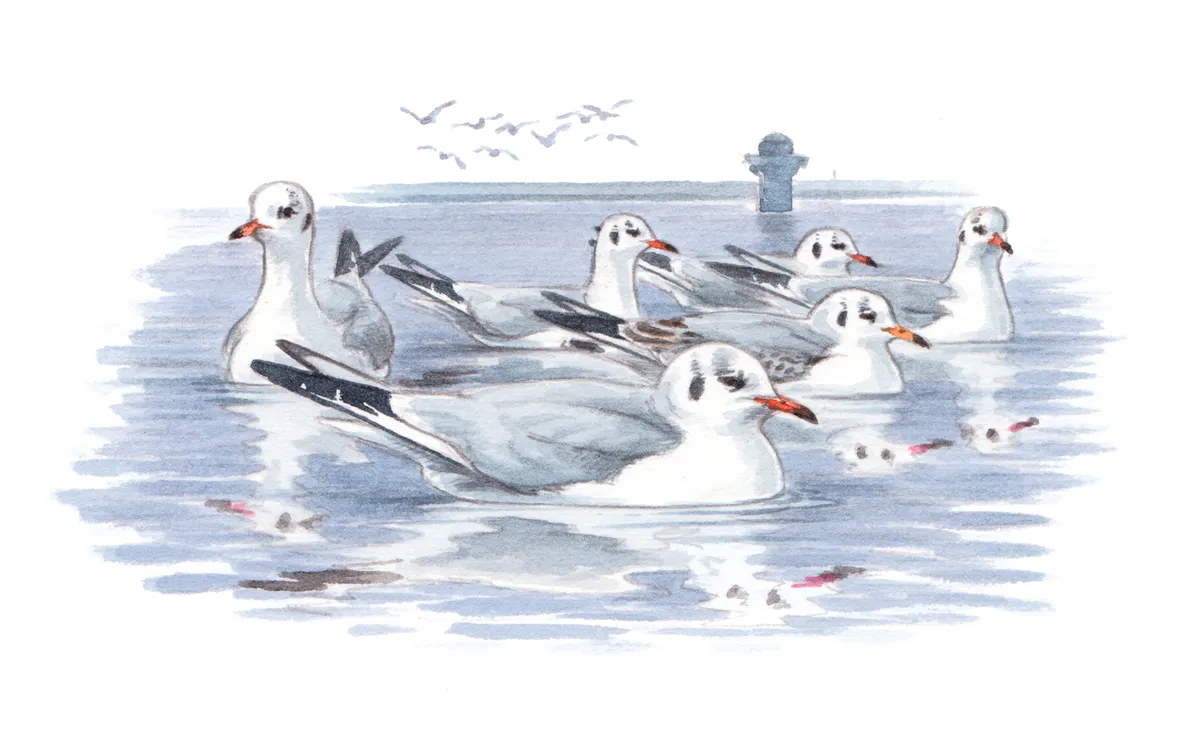
Gathers in tens of thousands at reservoirs and gravel pits, often with other gull species. Take a telescope.
Learn more about identifying birds:
Knot (Calidris canuta)
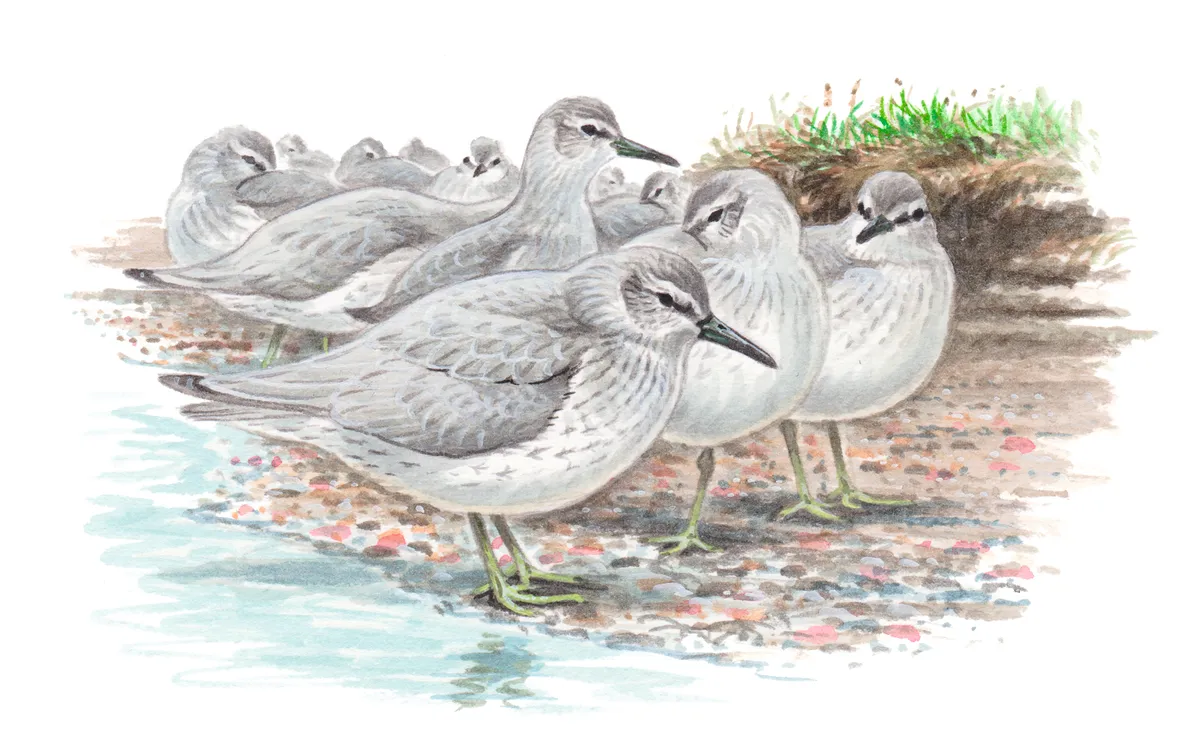
Forms dense packs on shoreline at high tide, often with smaller dunlin, appearing as a solid grey block.
Lapwing (Vanellus vanellus)
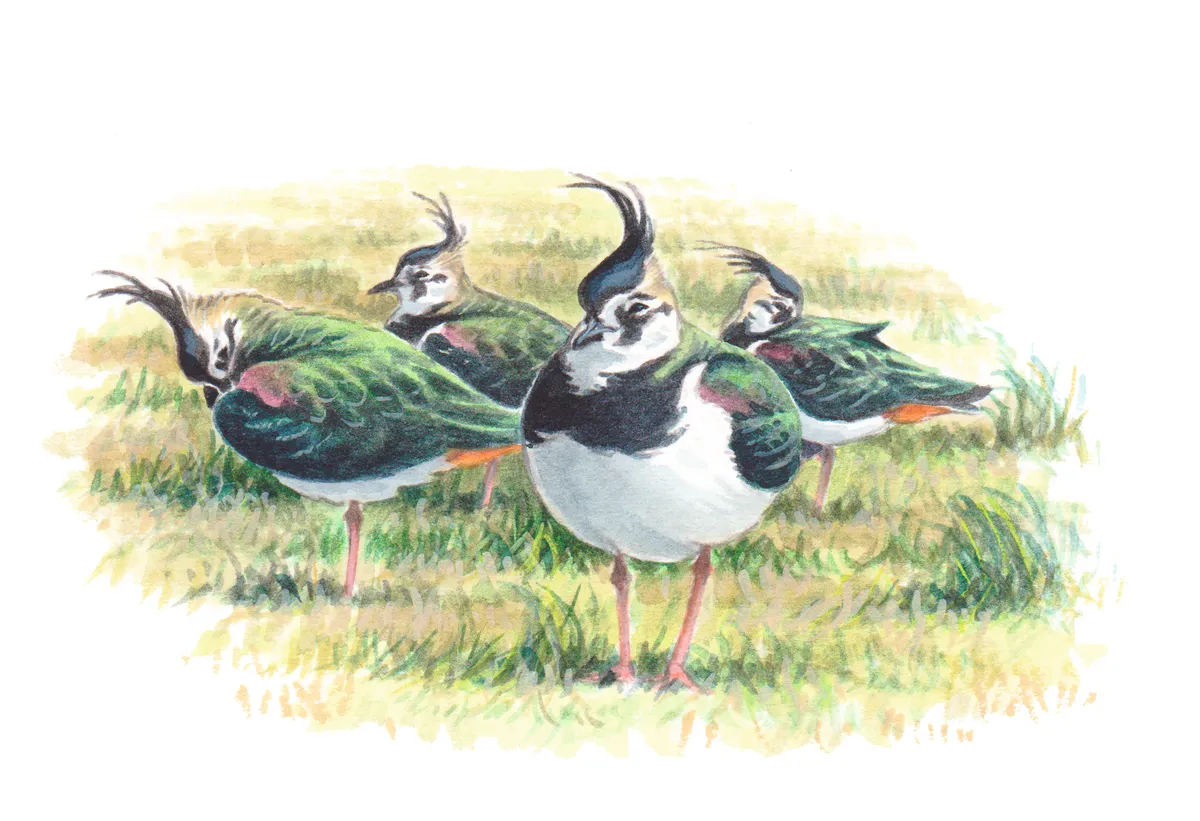
Roosts mainly on the ground, but in northern England has also taken to roosting on flat warehouse roofs.
Hen harrier (Circus cyaneus)
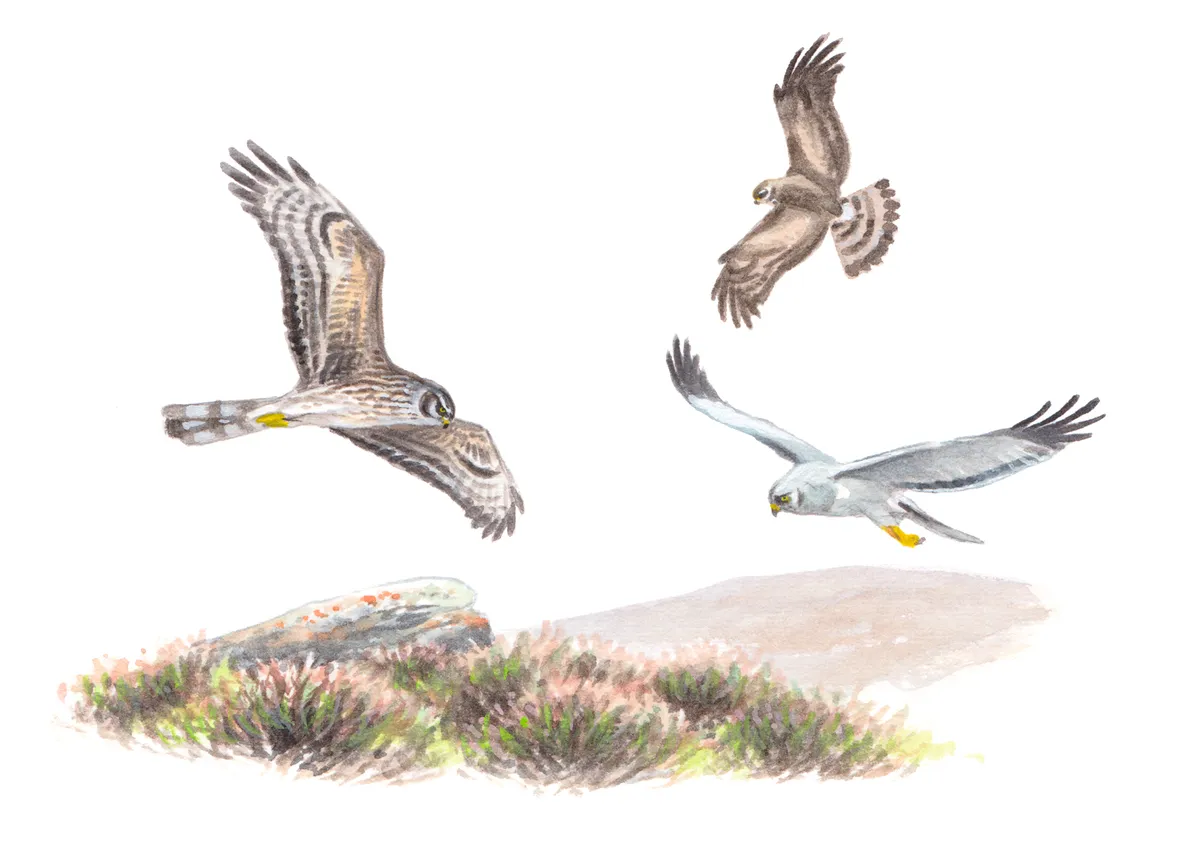
Roosts in rushy places on moors, at a few inland marshes and on saltmarsh, especially in eastern England.
Rook (Corvus frugilegus)
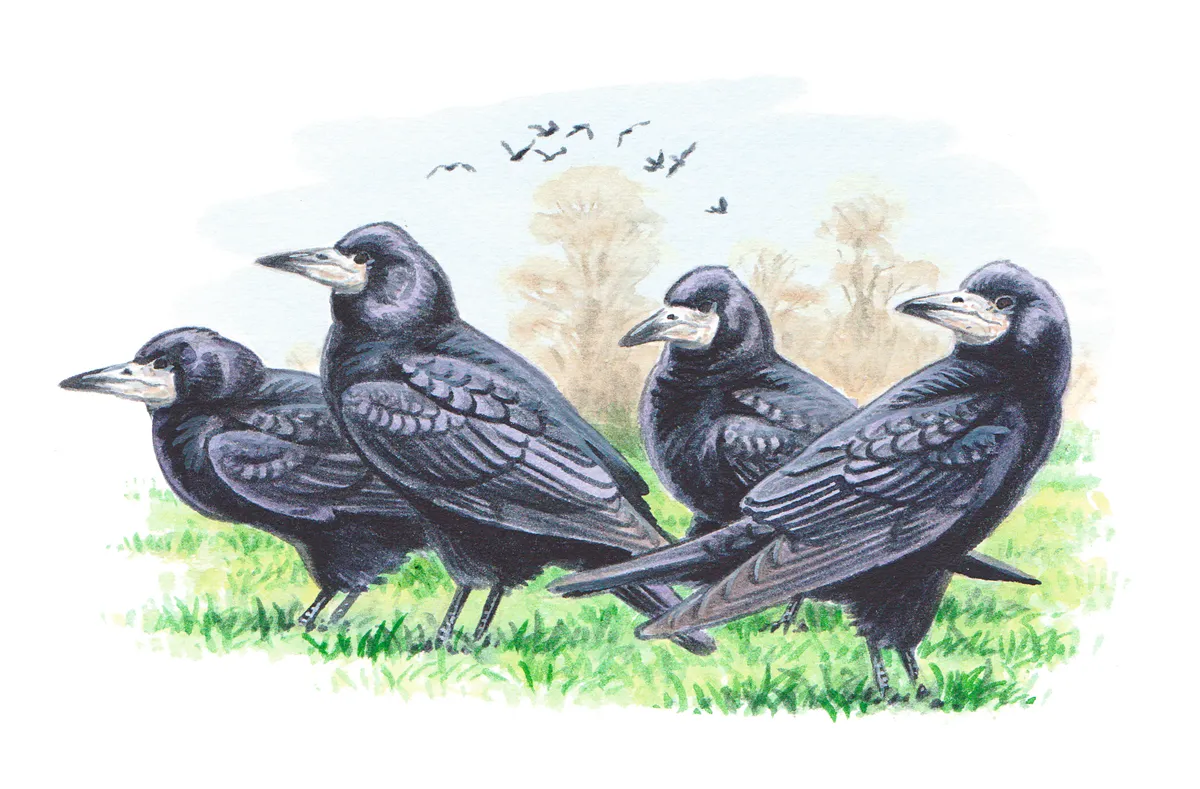
Roosts, sometimes in thousands, at traditional sites in copses. Pre-roost flocks often gather in nearby fields.
Raven (Corvus corax)
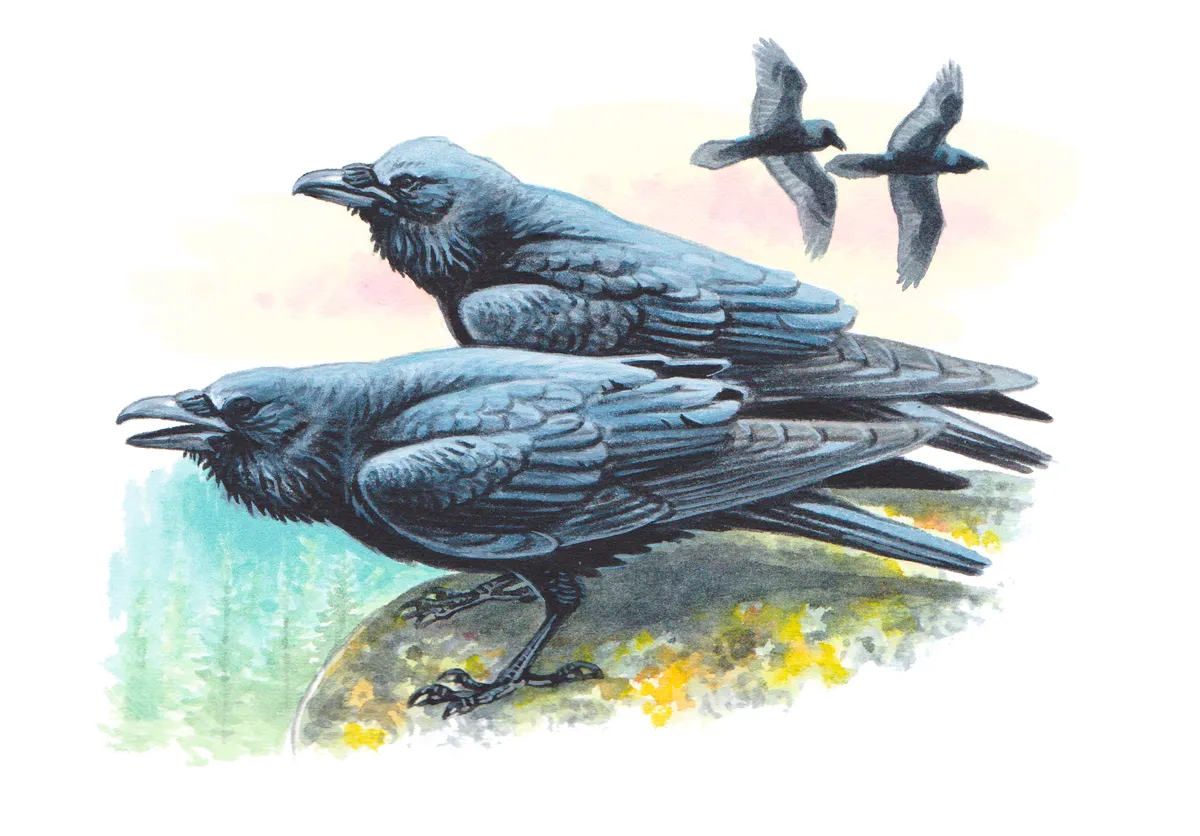
Forms noisy roosts, often on crags or in dense conifers. Pre-roost displays involve croaking and soaring.
Long-eared owl (Asio otus)
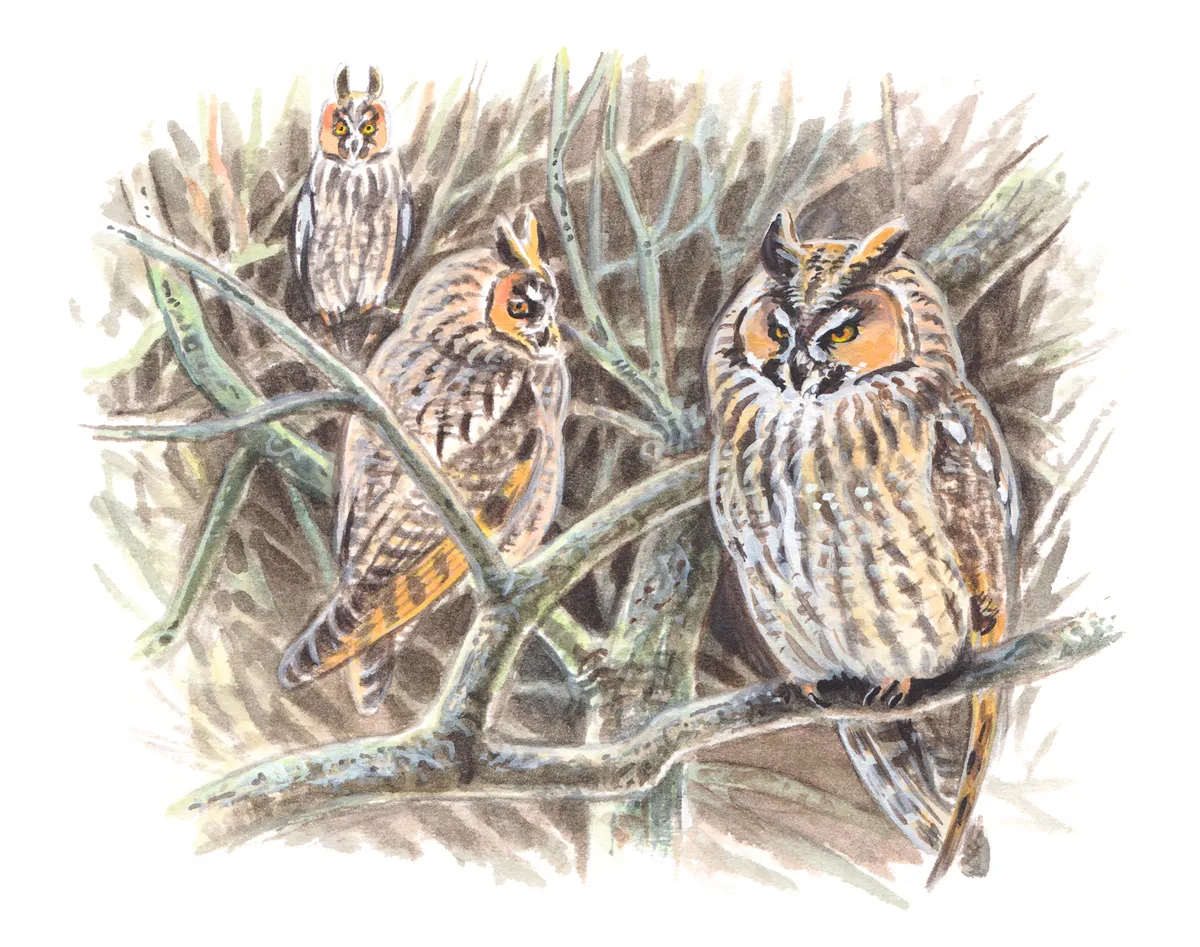
Roosts at traditional sites, often low down in thick scrub or small trees. Take great care to avoid disturbance.
Redwing (Turdus iliacus)
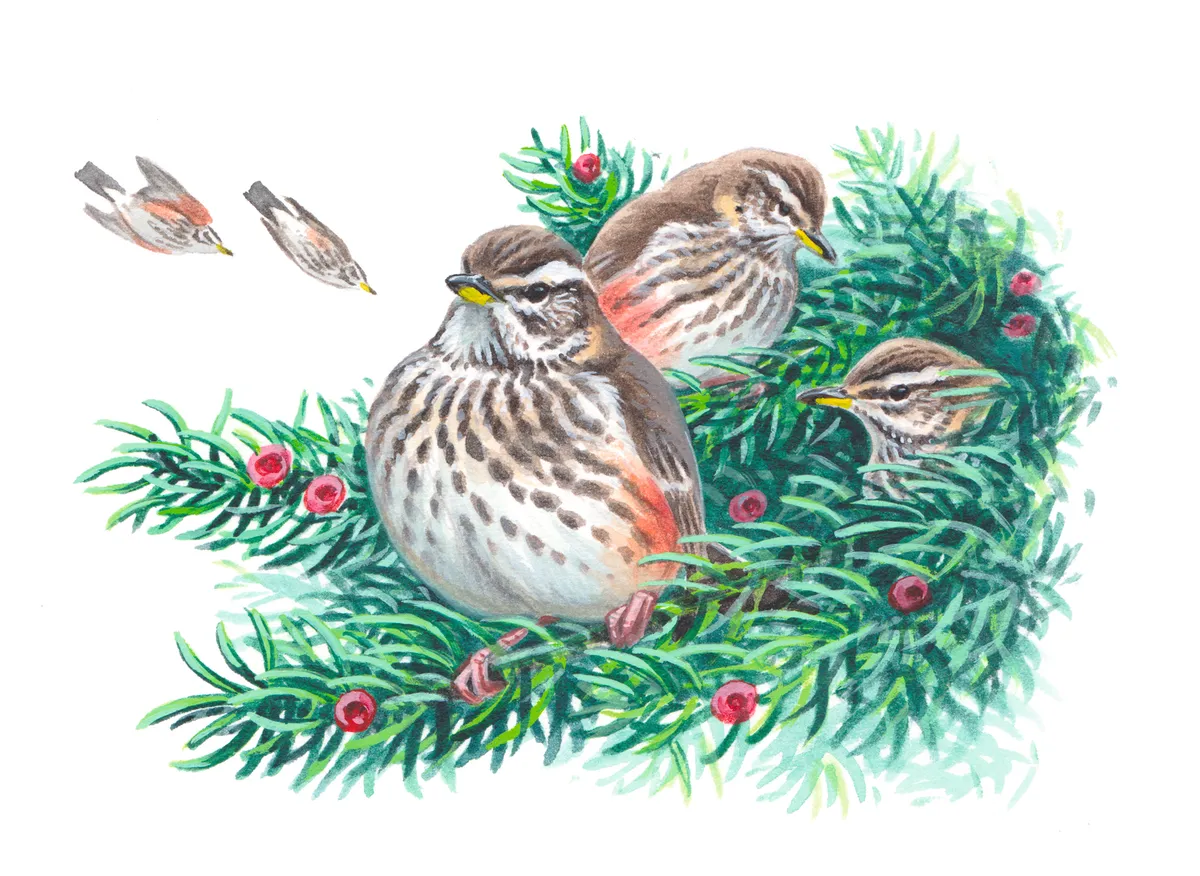
Roosts in trees, especially conifers, and thick scrub. Birds arrive quite high and drop suddenly into cover.
Greenfinch (Carduelis chloris)
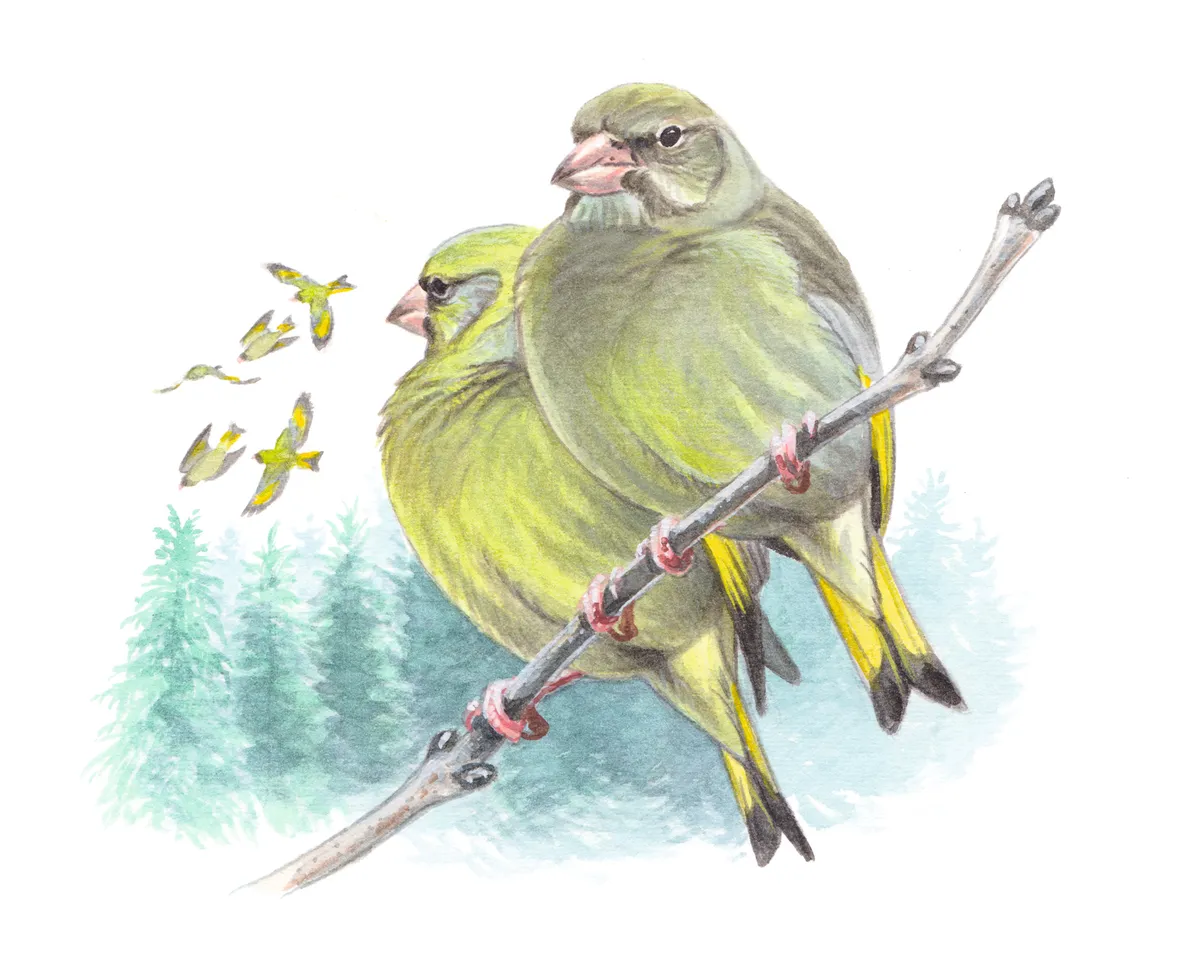
Roosts up to several hundred strong gather in trees, often conifers such as Lawson’s and Leyland cypresses.
Linnet (Carduelis cannabina)
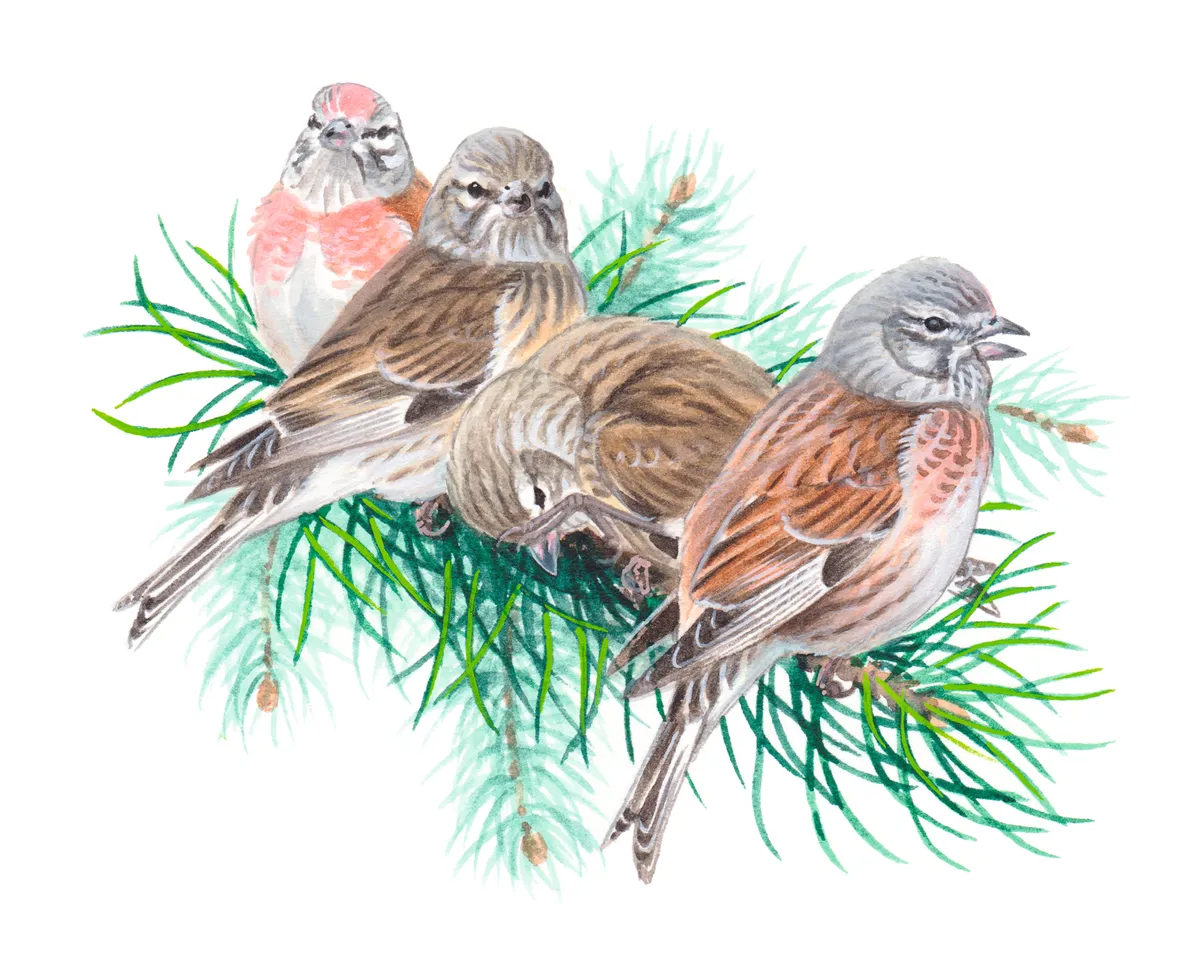
Roosts in prickly shrubs such as gorse or bramble; also in conifers. Pre-roost gatherings twitter as darkness falls.
Pied wagtail (Motacilla alba)
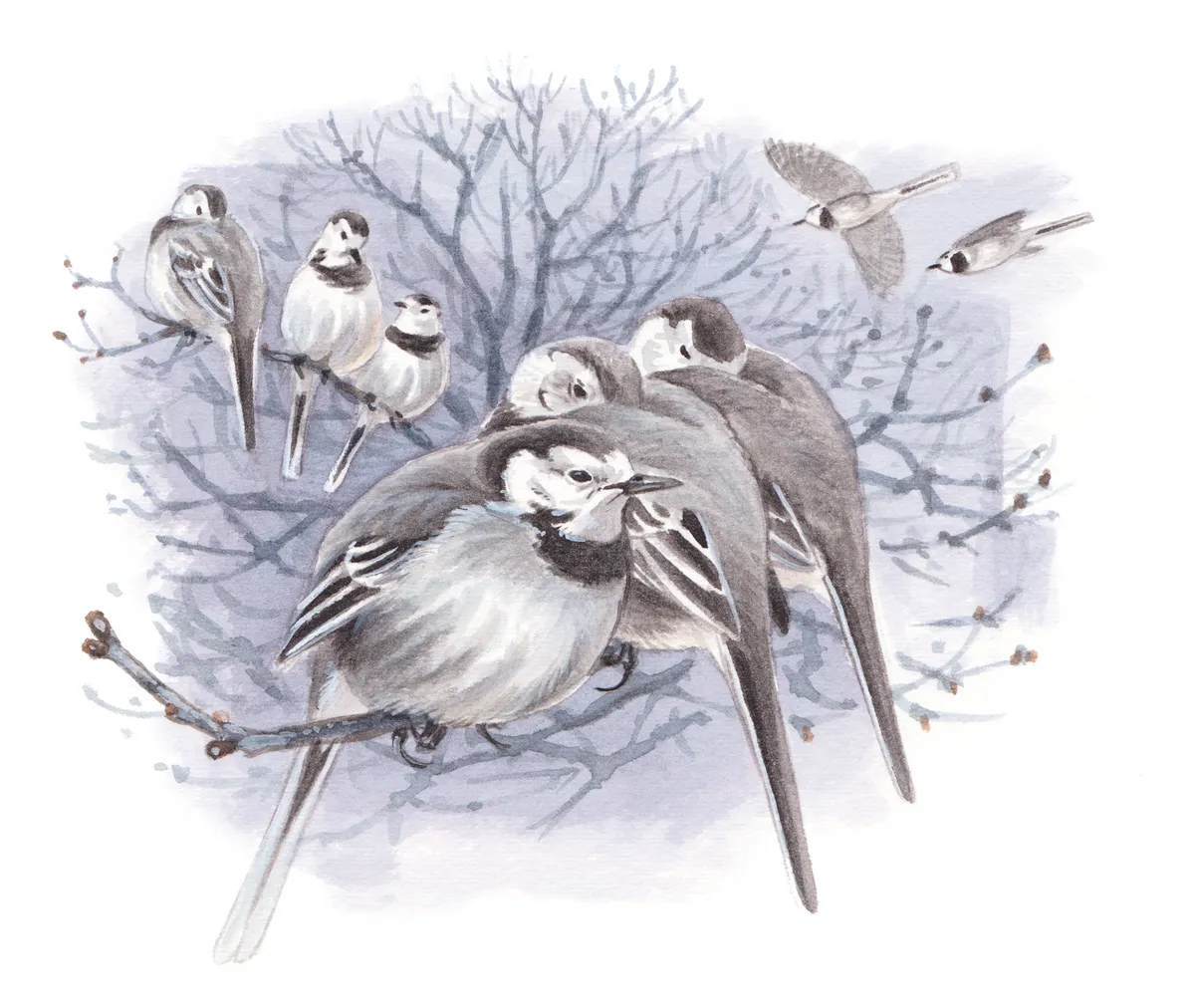
Roosts in warm, well-lit places, often on trees or buildings in towns. Listen for birds calling overhead en route.
Starling (Sturnus vulgaris)
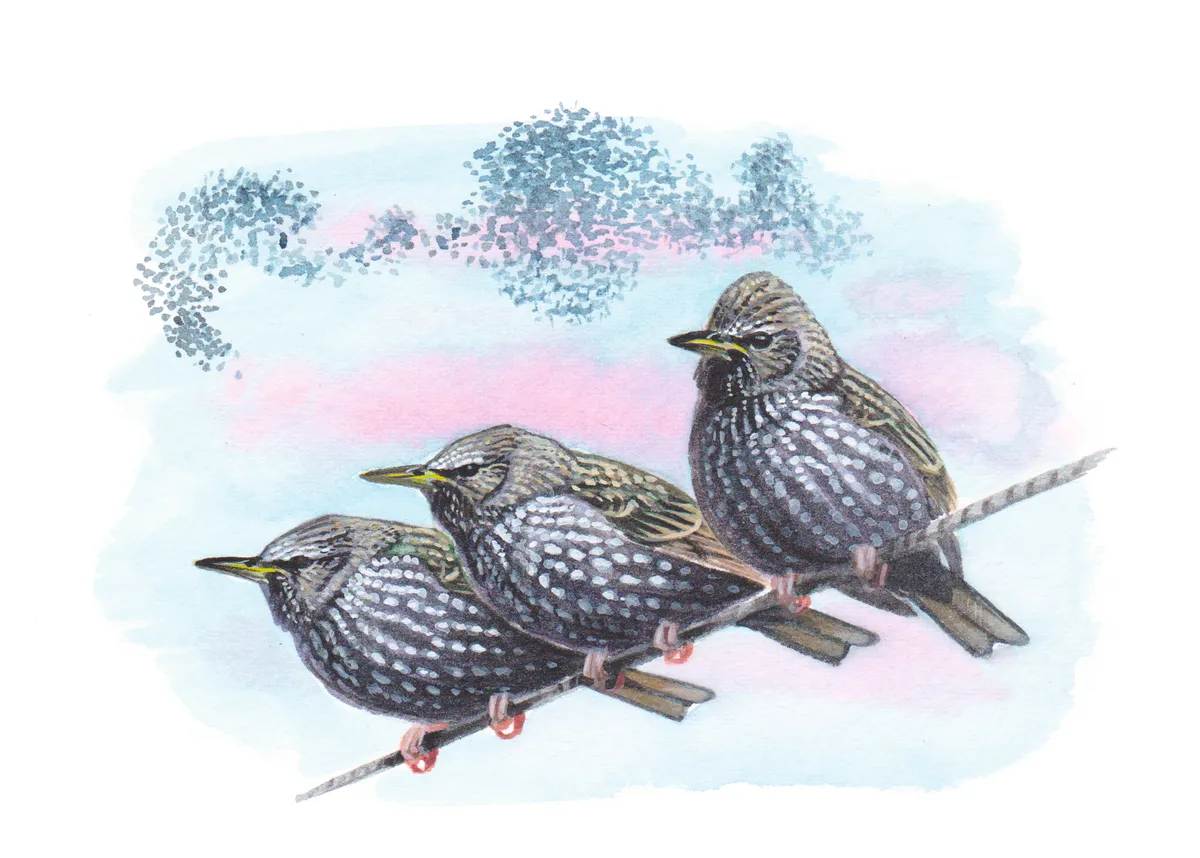
Gathers in huge roosts at reedbeds, and on piers and buildings. Aerial pre-roost displays are spectacular.
